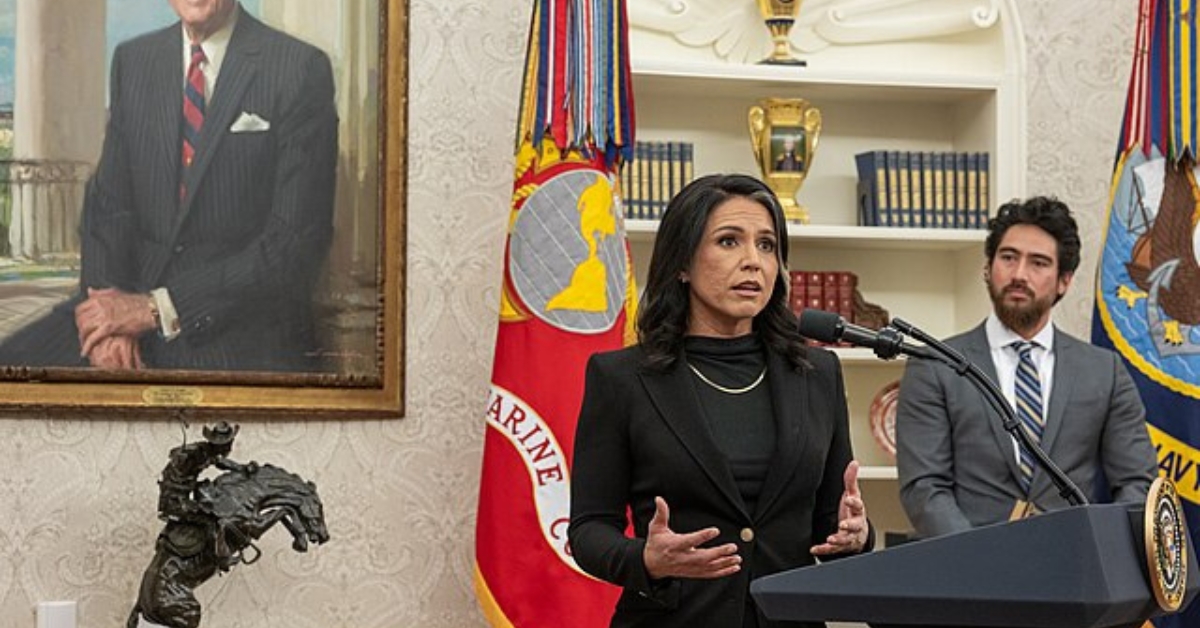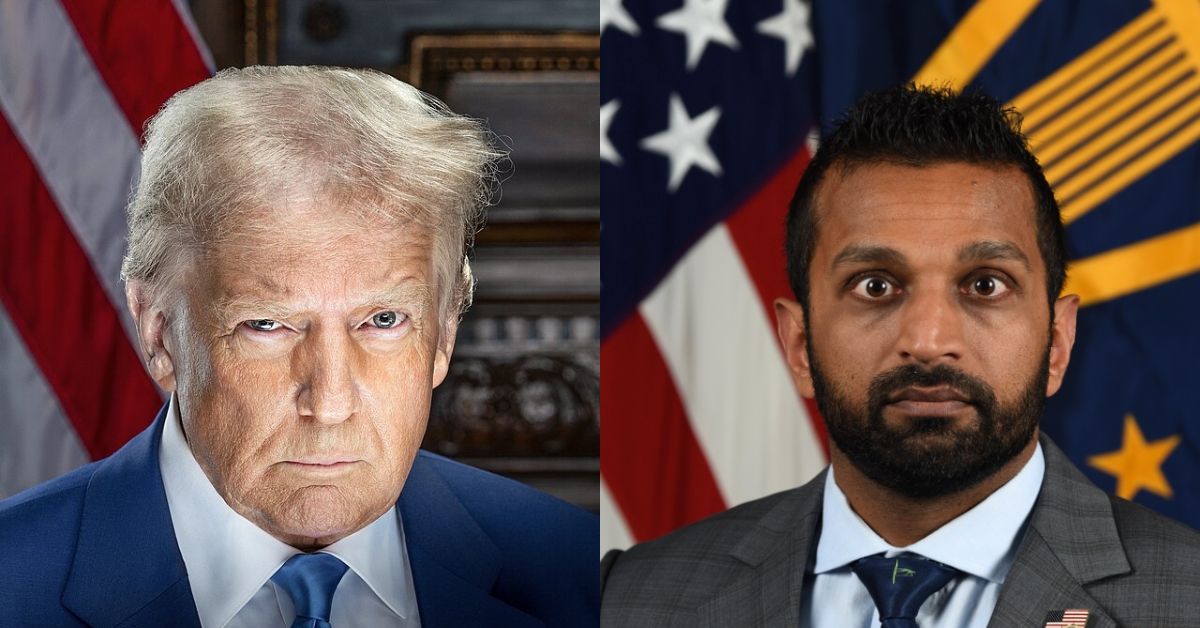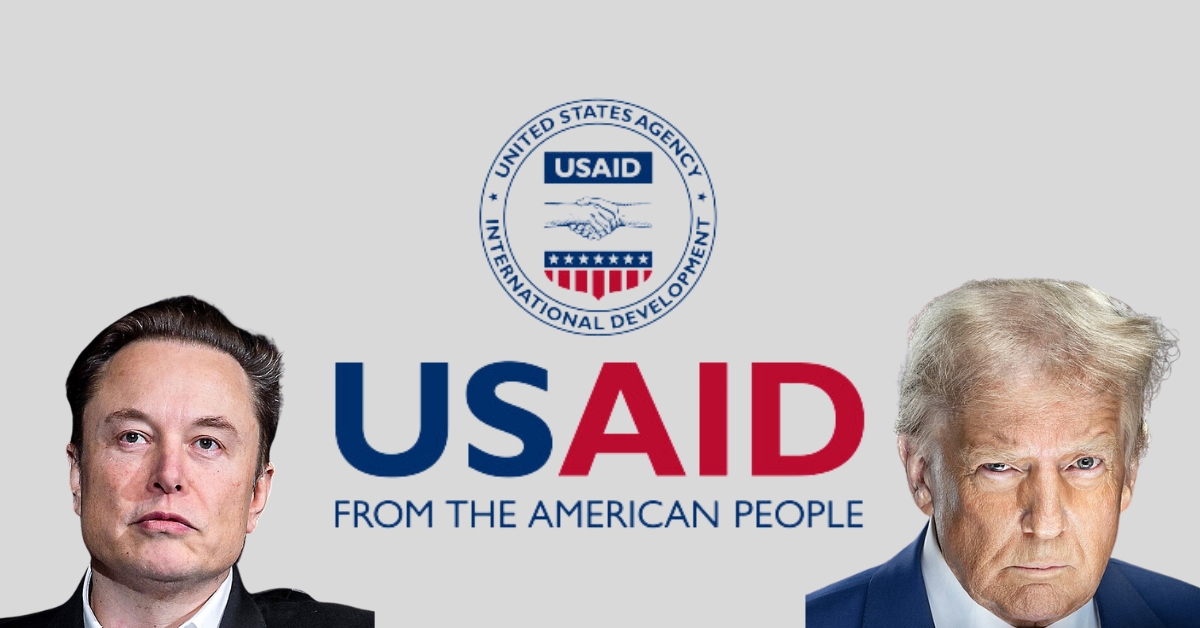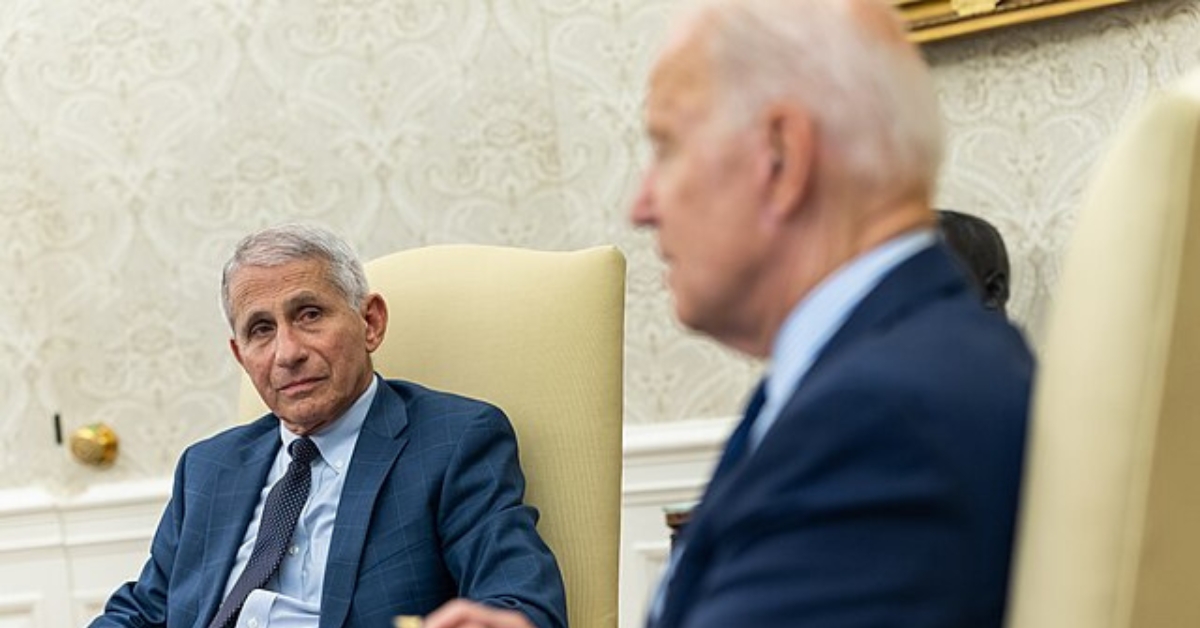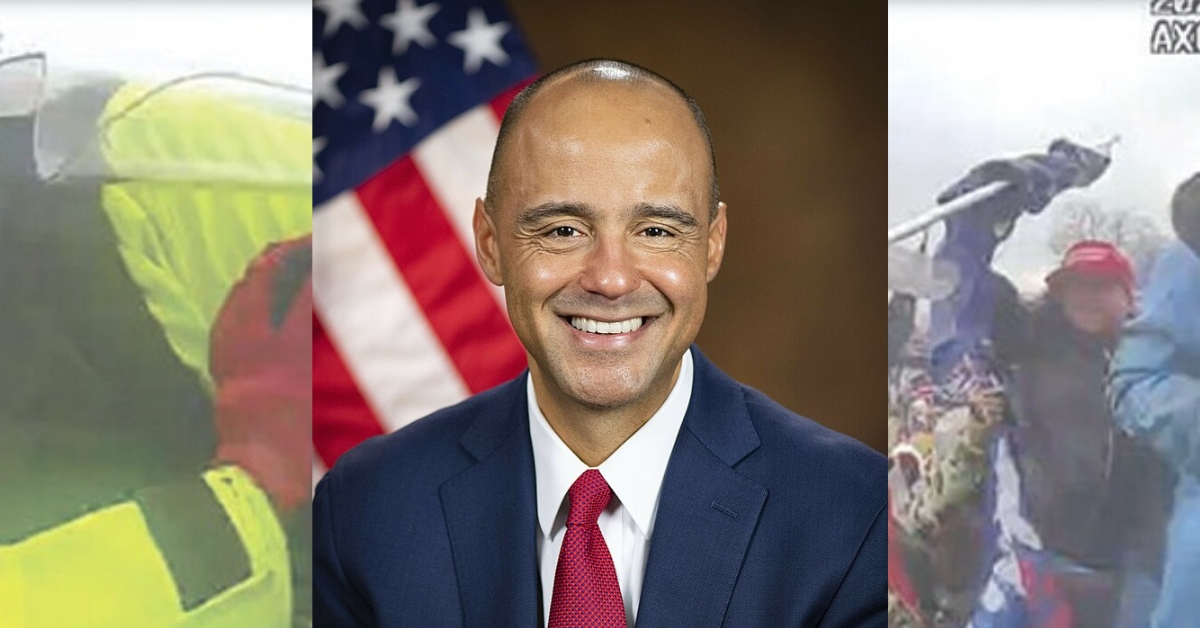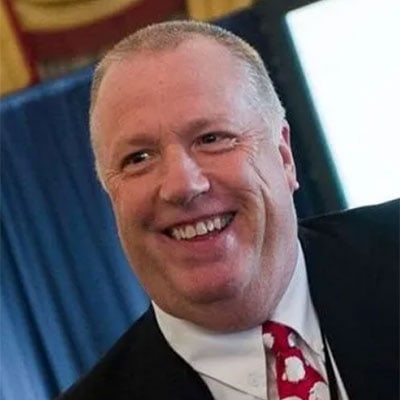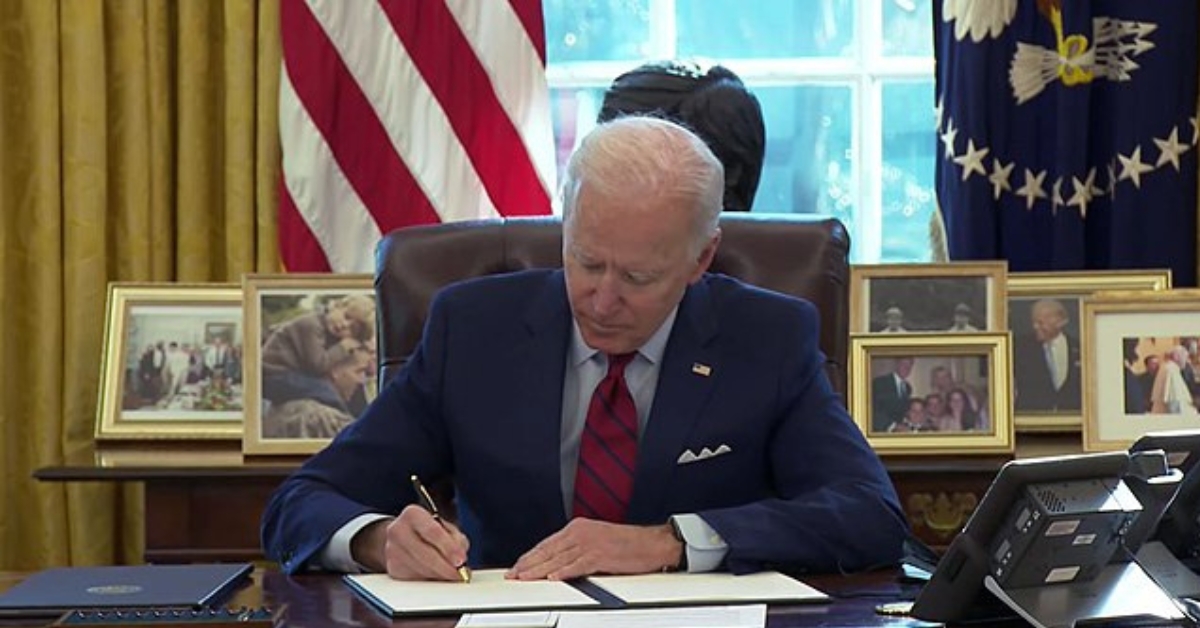
Hunter Biden’s Art Sales Raise Serious Questions
Hunter Biden, the scandal-plagued son of President Joe Biden, pulled off a clever stunt that has raised eyebrows and left many questioning the ethics surrounding his actions. It all began with an art deal, which Hunter orchestrated in a way that seemed to mock the media, particularly The New York Times.
The saga began in February 2020 when The New York Times ran an article titled “There’s a New Artist in Town. The Name Is Biden.” The piece presented Hunter as an up-and-coming artist, surrounded by his artwork, which he was selling at a premium price. Hunter was, in essence, getting a level of publicity that no other new artist could dream of.
While reading the article, an intriguing image emerged—a photo of Hunter bending over a table with his lips around a hollow glass cylinder. However, the glass cylinder wasn’t being used as drug paraphernalia but rather a tool for puffing on alcohol ink. Hunter was seemingly making a clear reference to his past struggles with addiction, an audacious move that didn’t go unnoticed.
Hunter had set off on a journey to become an artist after completing a stint in rehab, and he used this moment to engage in performance art. By using a tool that resembled a cocaine straw or a crack pipe to manipulate the alcohol ink, he was making a statement.
The art community was divided on the value of Hunter’s paintings. Many critics believed that they shouldn’t command high prices, but that didn’t stop Hunter from asking for as much as $500,000 for a single piece. He sold five prints for $75,000 each before even having his first show in 2021, despite the controversy and debate around the worth of his artwork.
Art critic Ben Davis pointed out that what was being sold was not just art but the “Biden name and story.” The public and ethics experts raised concerns about how the Biden administration allowed Hunter to profit from his name and questionable art sales.
The White House intervened in the situation, but not in the way many had hoped. Instead of stopping the sale, the White House collaborated with Hunter’s art dealer to devise a scheme to keep the buyers’ identities secret. While the plan aimed to prevent any appearance of favoritism, it raised concerns about transparency and accountability. The arrangement left the public in the dark about who was purchasing Hunter’s artwork, undermining any transparency efforts.
In the end, Hunter Biden‘s art deal appears to be a controversial combination of ethics and legality, wrapped in a highly publicized media campaign. It raises questions about the use of the Biden name and whether the art world was complicit in this endeavor. While some believe it’s a clever move by Hunter, others see it as an example of questionable ethics, leaving many wondering about the intentions and consequences of such a controversial art venture. It’s a situation that demonstrates Hunter’s cunning, and some believe he has outsmarted the media and the New York Times in particular.
